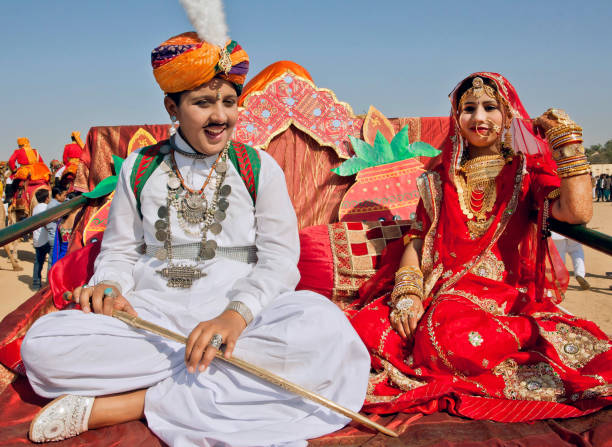Traditional looks which enhance the beauty of India
Traditional style often includes silk, linen and velvet upholstery and window coverings in damask, florals, stripes and plaids with ornately detailed dark wood, inspired by 18th and 19th century designs.
For men, traditional clothes are the Achkan/Sherwani, Bandhgala, Lungi, Kurta, Angarkha, Jama, Dhoti or Kurta Pajama. Additionally, recently western clothing such as trousers and shirts have been accepted as traditional Indian dress by the Government of India.Let's kick things off with what I'm calling
New Traditional—a refreshing, modern update of formal interiors. New Traditional relies on layering and the right juxtaposition of classic furniture and contemporary accents. The best new traditional rooms feel livable and approachable yet also luxe.
The modest Salwaar-Kameez, is a perennial favourite of traditional Indian woman-wear. The colour, texture, style and material of the traditional salwaar-kameez depends a lot on the ethnicity, cultural preferences, demographics and occasion it has to be worn on.
A traditional-style home is the most popular style of home in the U.S. today. The style is a mix of classic elements pulled from homes past with modern elements of home design. Common elements of this style include symmetrically placed windows, simple rooflines, and modest details.
Between 1830 and 1930, a prominent building type, the haveli or mansion of well-to-do Marwaris came into being. Haveli in Persia is 'hawli' which means 'an enclosed place'.
What are Indian traditional interior elements?
In a typical Indian interior, there is predominant presence of traditional elements such as statues, bells, idols, hangings, embroidered rugs etc. Other home décor objects include oil lamps, mirrors, copper articles, brass and bronze. India is known for its elaborate work on fabrics.ered in color and texture, traditional style interiors bring a sense of history and glamour to a space.


Post a Comment
Please do not enter any SPAM link in comment box.